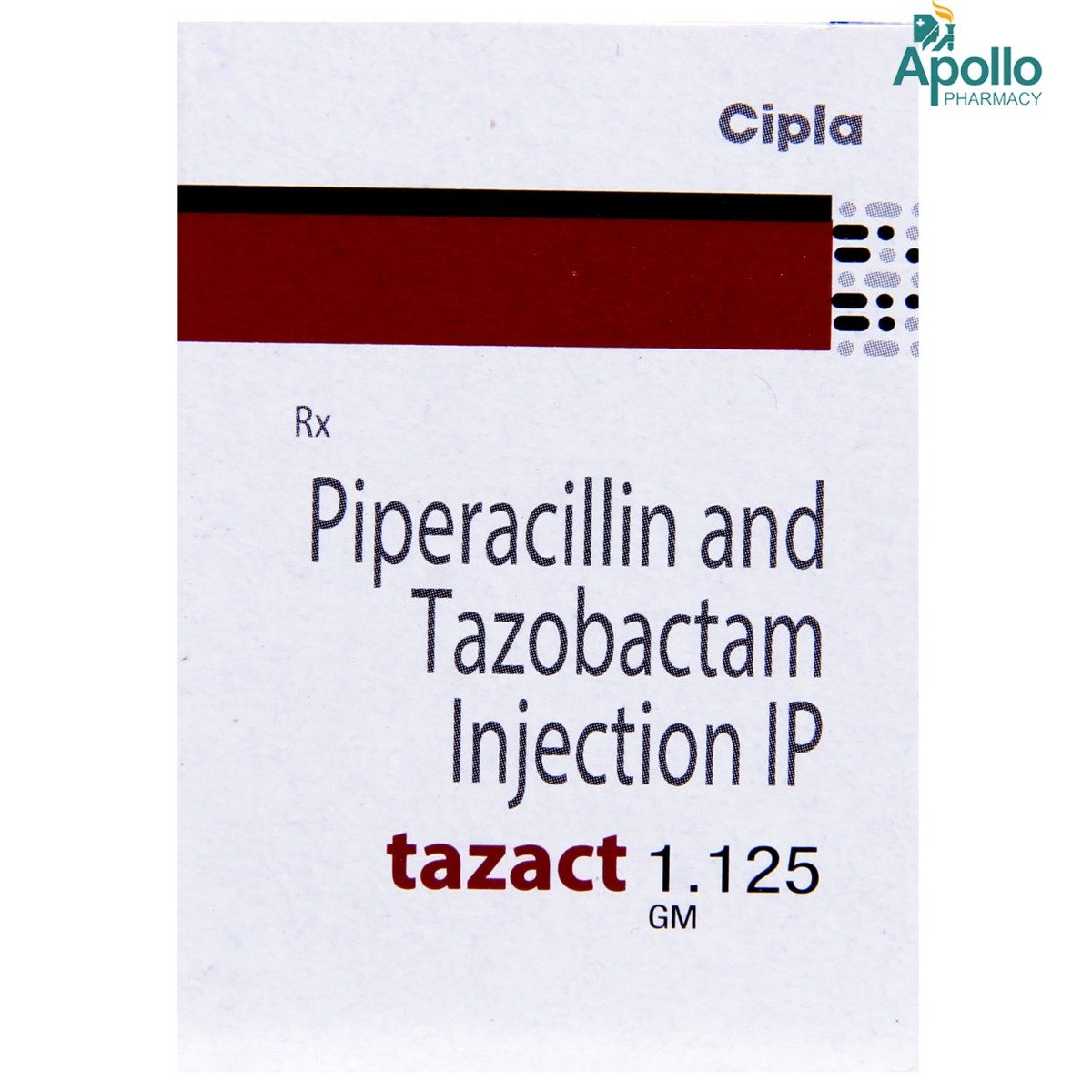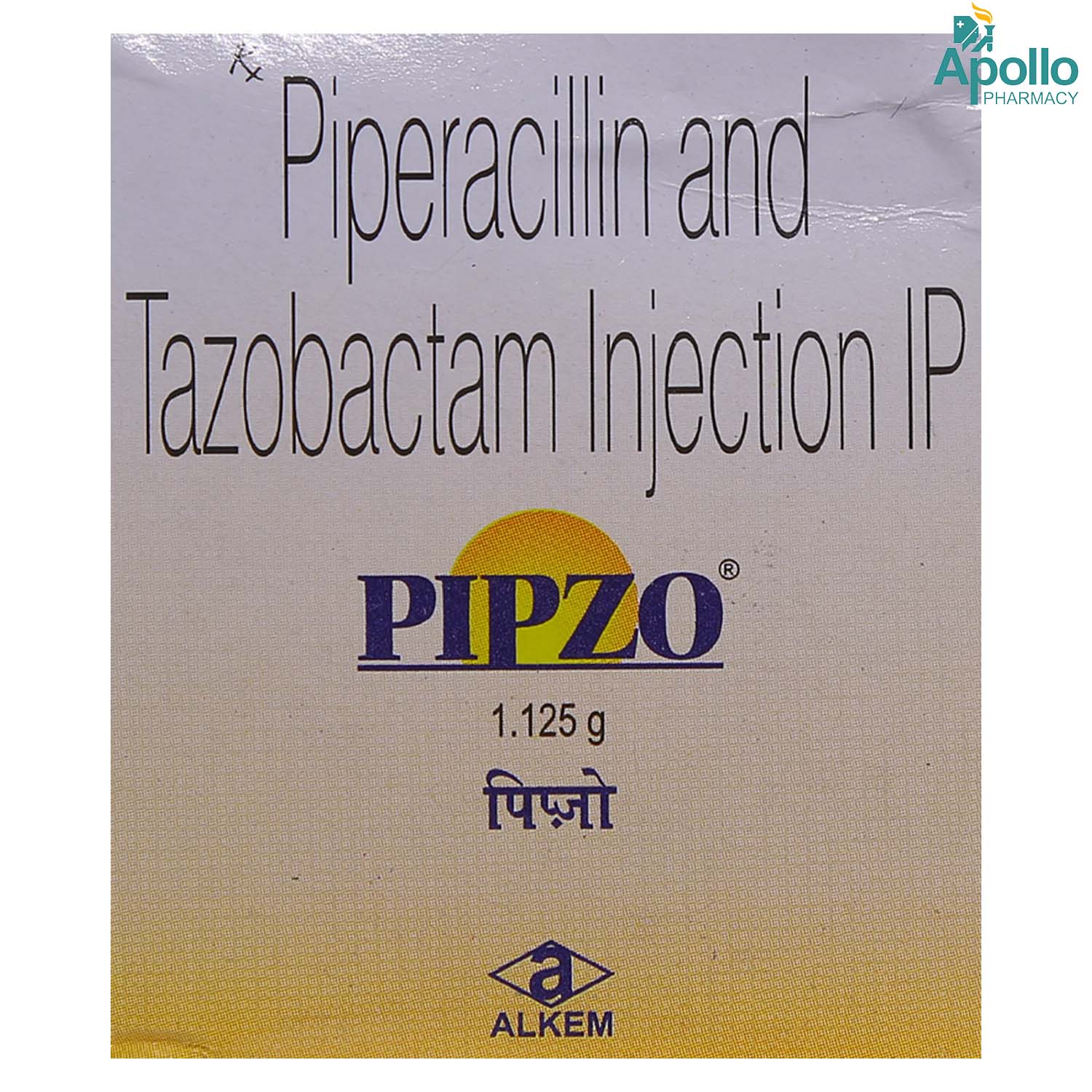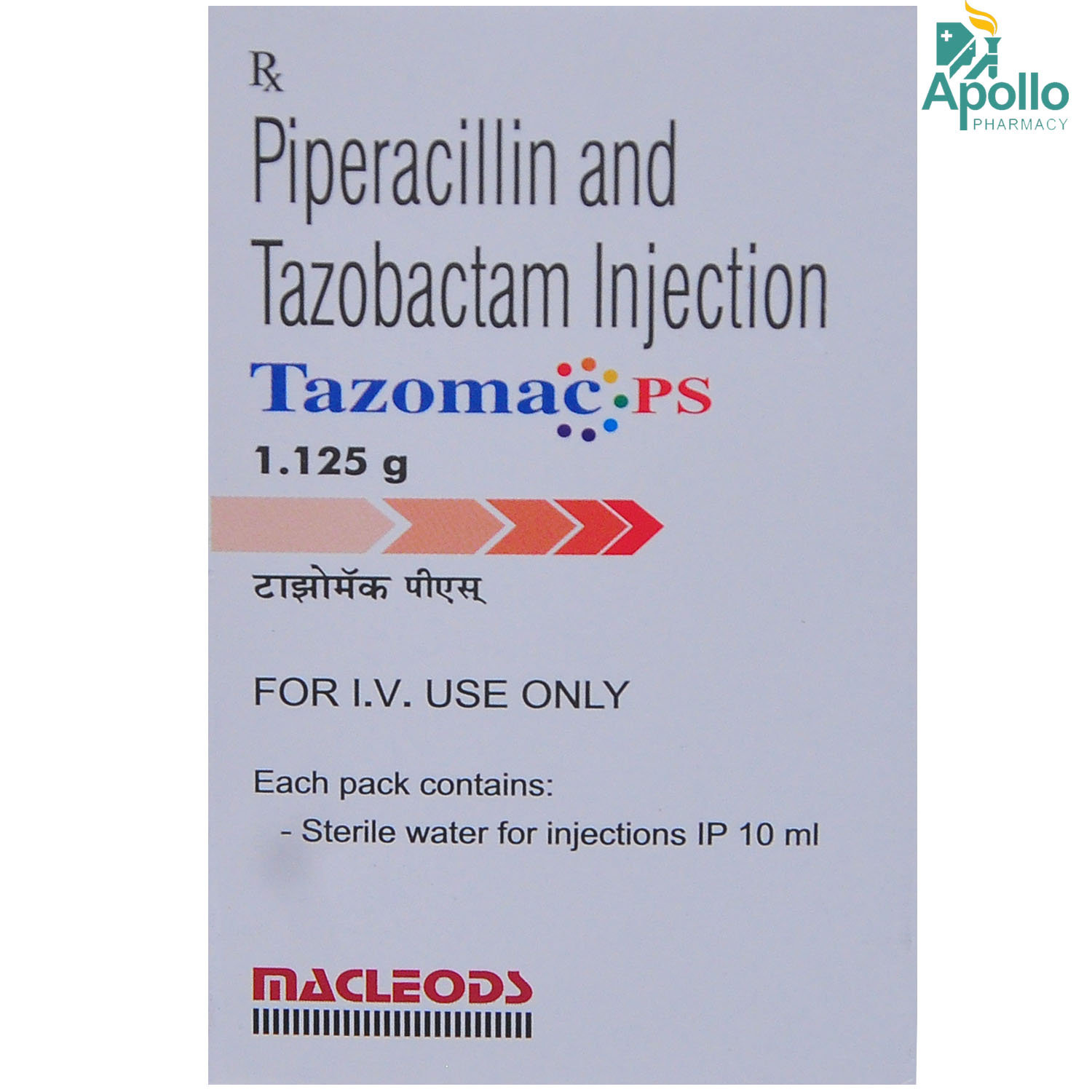DURATAZ 1.125MG INJECTION
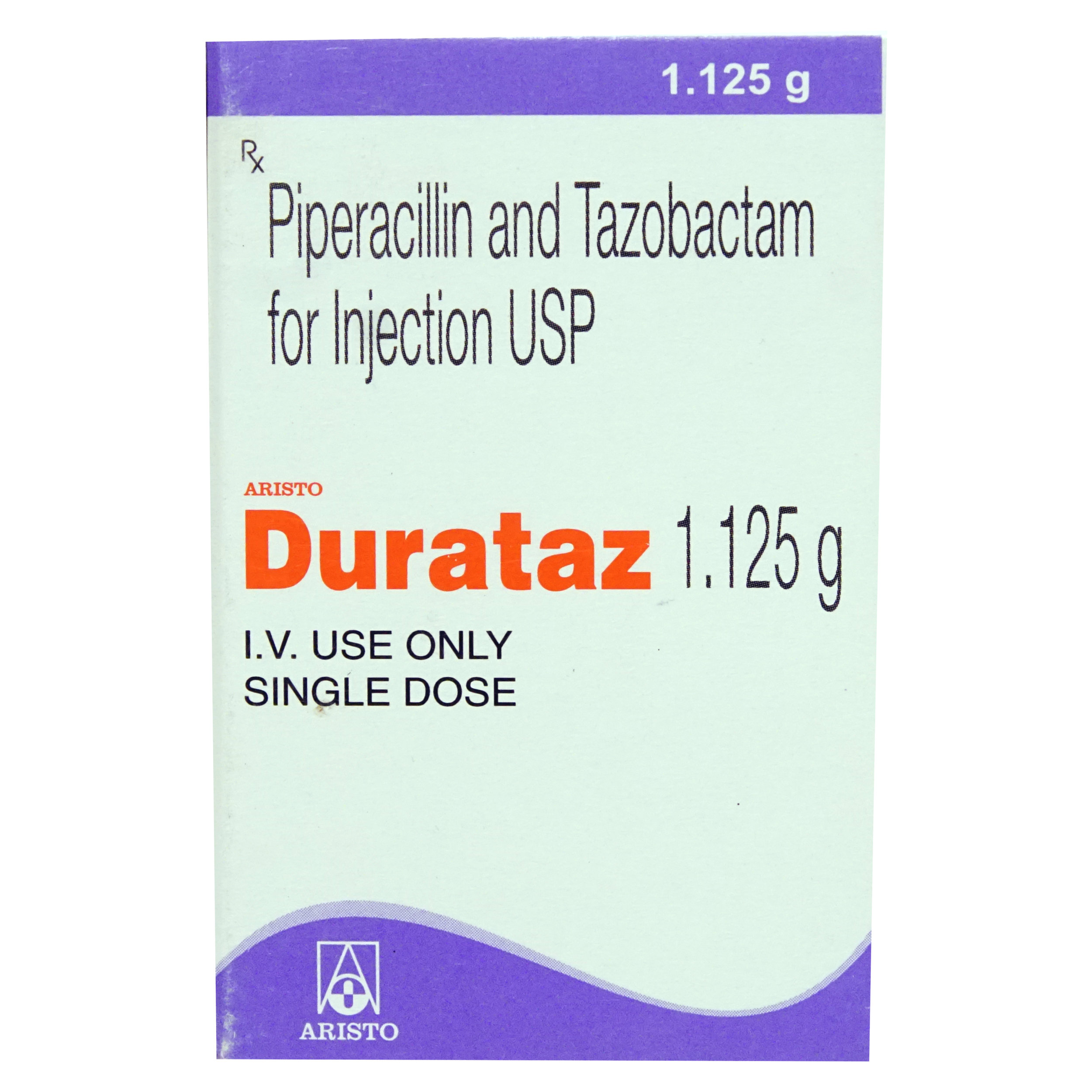

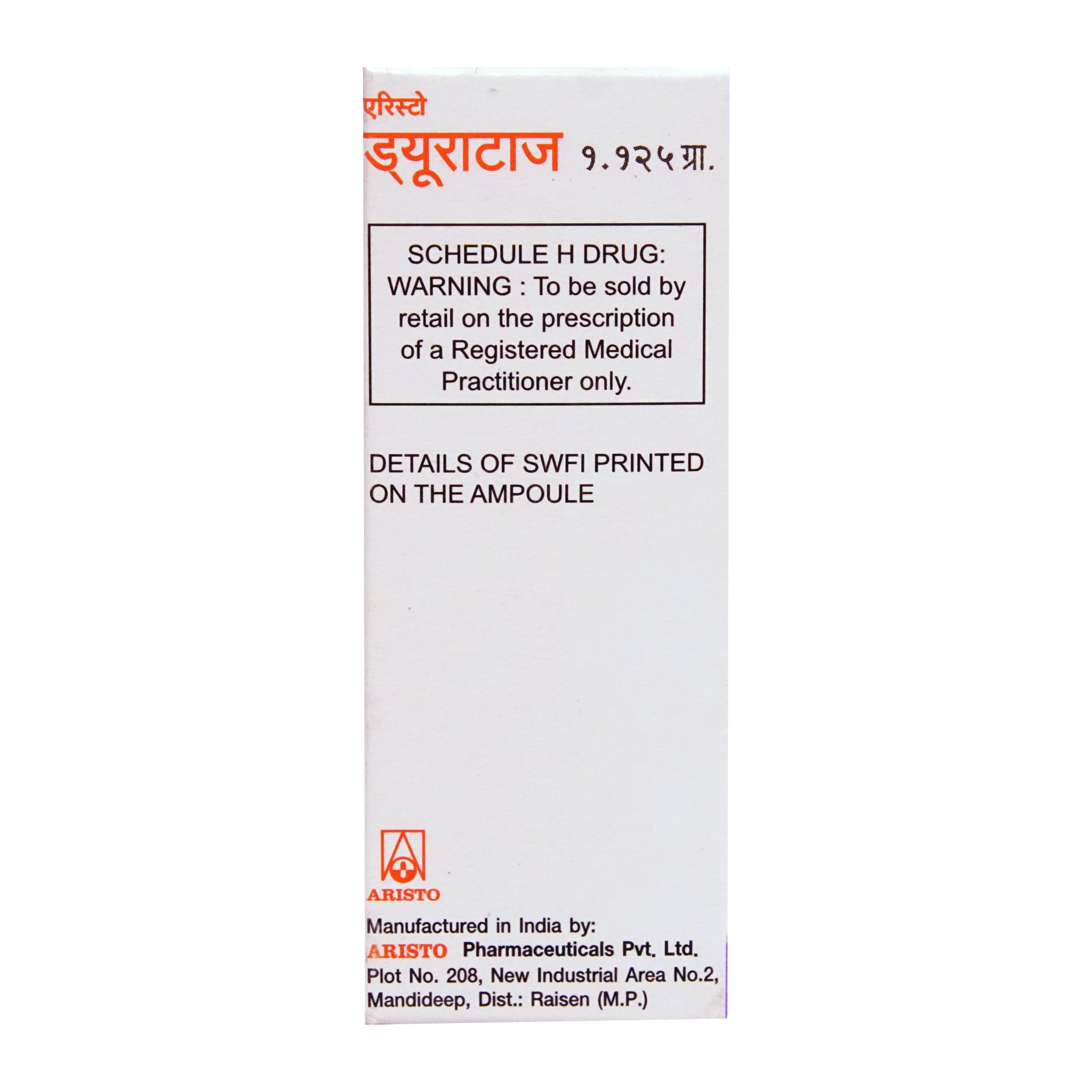
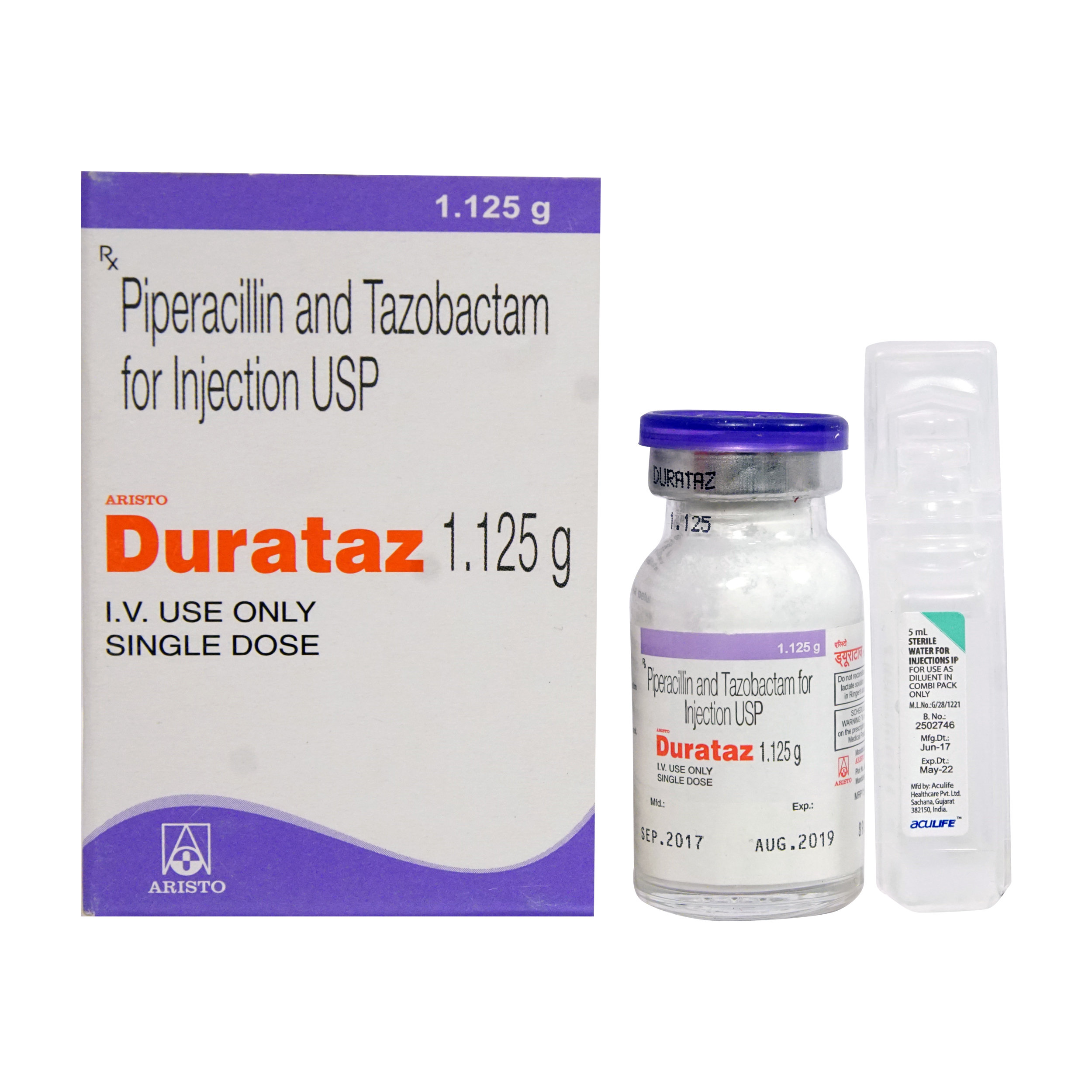
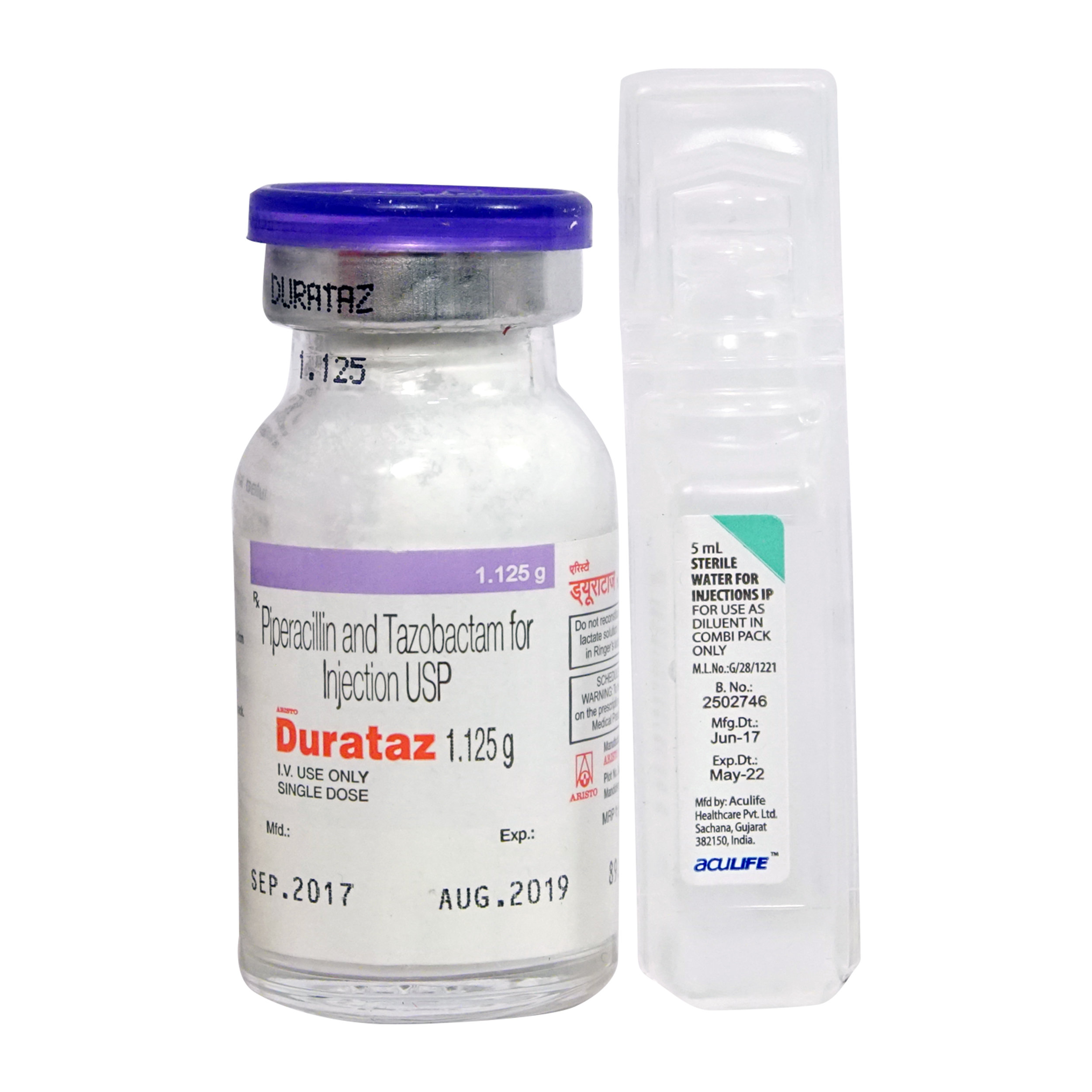
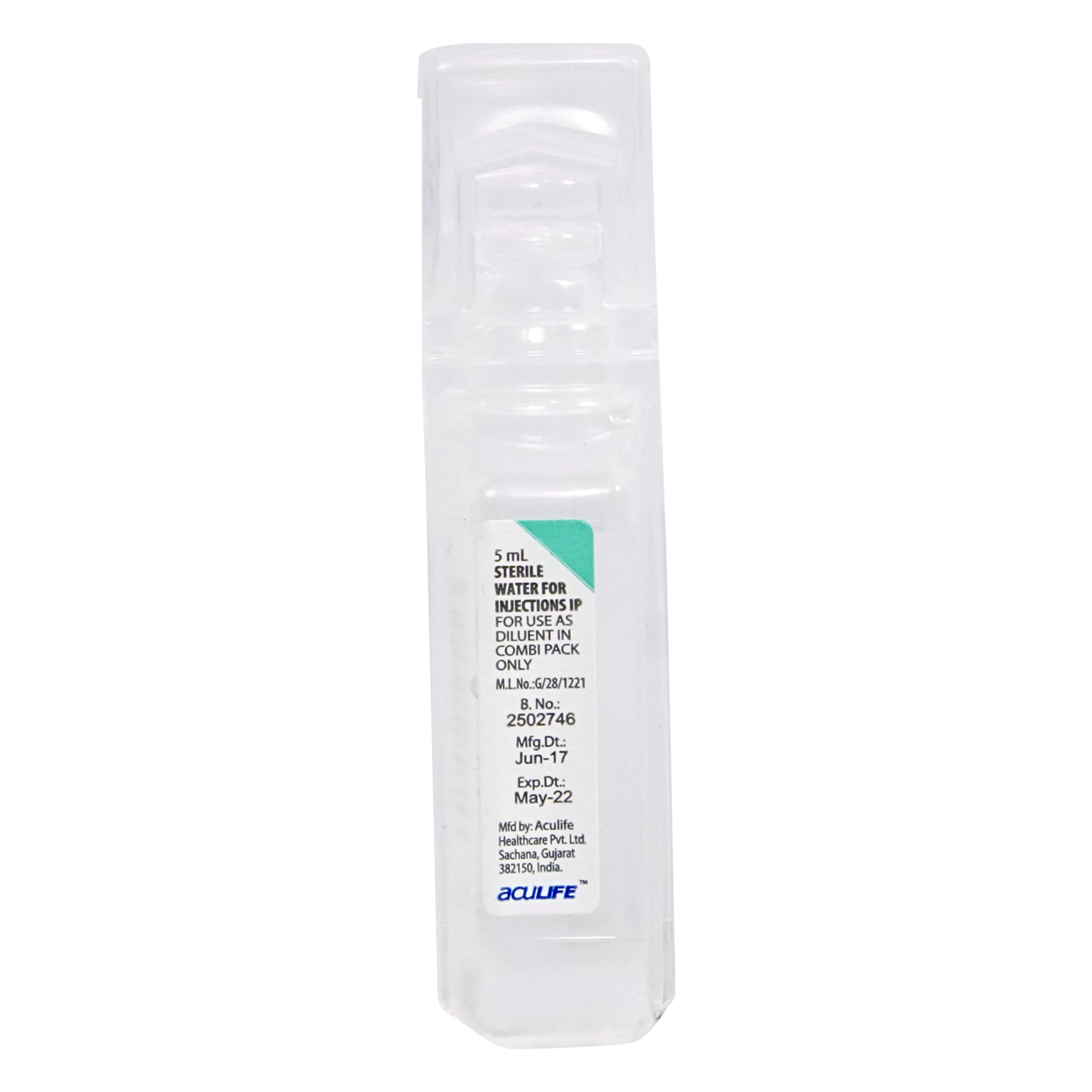
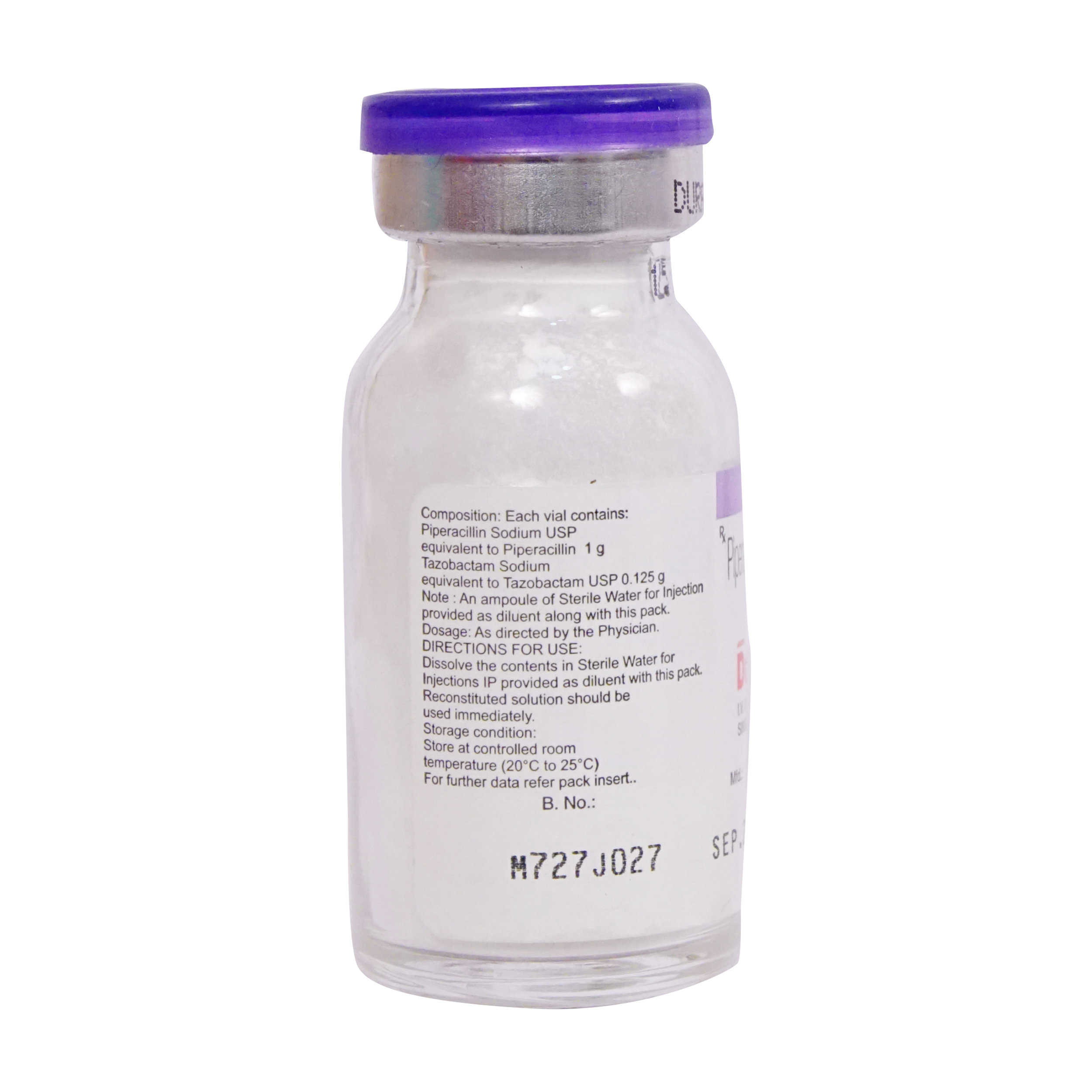
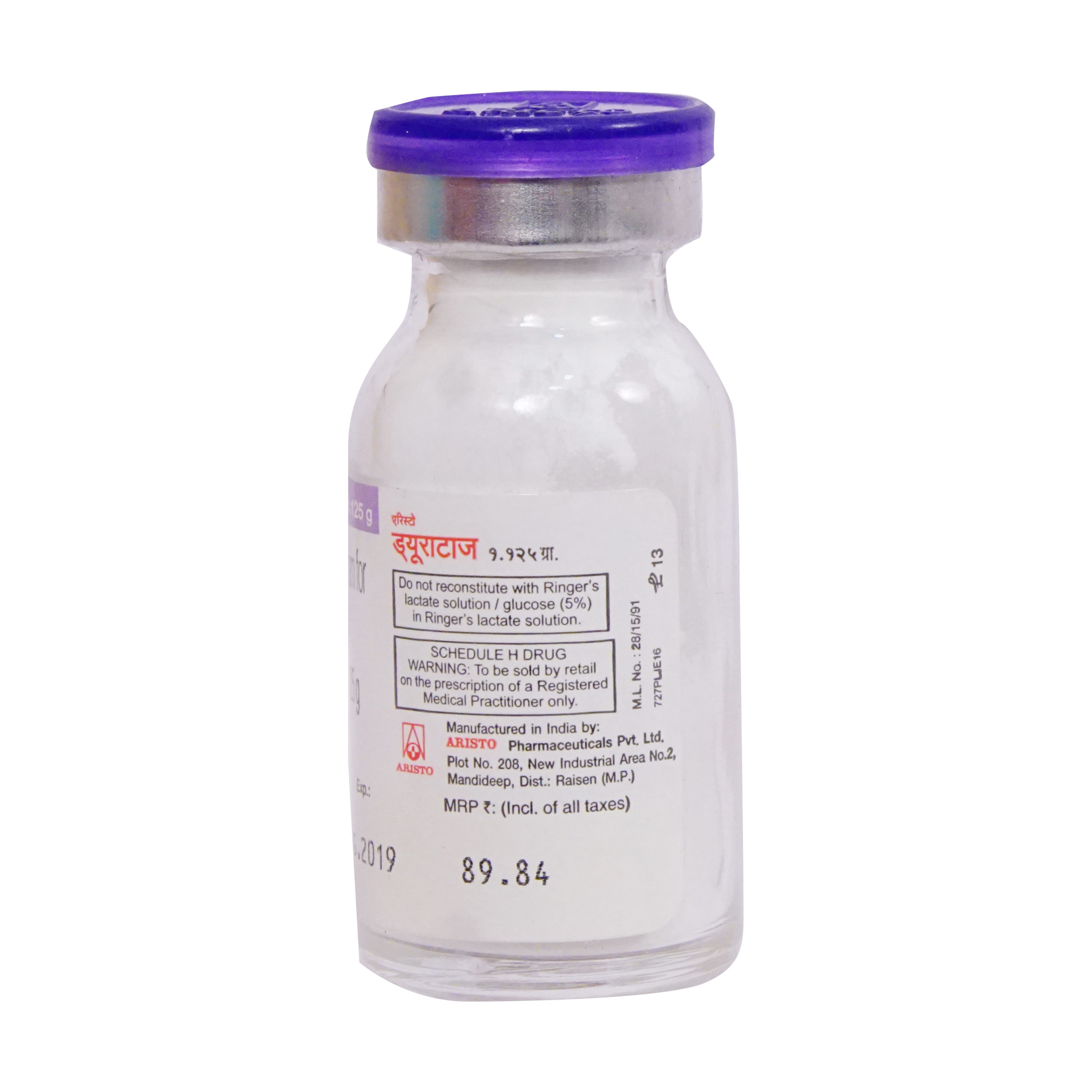
MRP ₹104.5
(Inclusive of all Taxes)
₹15.7 Cashback (15%)
know your delivery time
Provide Delivery Location
Composition :
Manufacturer/Marketer :
Consume Type :
Expires on or after :
Return Policy :

Secure Payment

Trusted by 8 Crore Indians

Genuine Products
Therapeutic Class
Country of origin
Manufacturer/Marketer address
Author Details
We provide you with authentic, trustworthy and relevant information
Disclaimer
Alcohol
Safe if prescribed
Avoid alcohol consumption while taking DURATAZ 1.125MG INJECTION to prevent unpleasant side-effects, such as nausea and vomiting.
Pregnancy
Consult your doctor
DURATAZ 1.125MG INJECTION should be used with caution during pregnancy since it crosses the placenta in humans. Please consult your doctor before taking DURATAZ 1.125MG INJECTION if you are pregnant or planning to conceive.
Breast Feeding
Consult your doctor
There is limited data on how DURATAZ 1.125MG INJECTION affects breastfed infants. DURATAZ 1.125MG INJECTION is excreted into breast milk. Please consult your doctor before taking DURATAZ 1.125MG INJECTION if you are breastfeeding.
Driving
Safe if prescribed
It is unknown whether DURATAZ 1.125MG INJECTION affects your ability to drive and operating machinery. Drive only if you are physically stable and mentally focussed. If you experience dizziness or fatigue after taking DURATAZ 1.125MG INJECTION, do not drive or operate any machinery.
Liver
Consult your doctor
Let your doctor know if you have any history of liver diseases before taking DURATAZ 1.125MG INJECTION. Your doctor will prescribe DURATAZ 1.125MG INJECTION only if the benefits outweigh the risk.
Kidney
Consult your doctor
Penicillin antibiotics are easily removed by dialysis. Beta-lactam antibiotics like Tazobactam should be cautiously administered in patients with renal impairment. Prolonged use of DURATAZ 1.125MG INJECTION may cause nephrotoxicity and alterations in renal function, hence please let your doctor know if you have any history of kidney diseases before taking DURATAZ 1.125MG INJECTION. Your doctor will prescribe DURATAZ 1.125MG INJECTION only if the benefits outweigh the risk.
Children
Safe if prescribed
Safety and efficacy of DURATAZ 1.125MG INJECTION in children less than two months of age have not been established.
Product Substitutes
Reference
About DURATAZ 1.125MG INJECTION
DURATAZ 1.125MG INJECTION belongs to the 'Antibiotics' class of drugs, primarily used to treat bacterial infections. It is used to treat various hospital-acquired and ventilator-associated pneumonia, urinary tract infections, intra-abdominal infections, skin and soft tissue infections (like diabetic foot infections) and uterine infections. Bacterial infection occurs when harmful bacteria grow in the body and causes illness. It can infect any part of the body and multiply very quickly.
DURATAZ 1.125MG INJECTION contains two medicines, namely: Piperacillin (Penicillin antibiotic) and Tazobactam (beta-lactamase inhibitor). Piperacillin belongs to the class of 'Penicillin antibiotics.' It has bactericidal (ability to kill bacteria) activity against gram-positive and gram-negative aerobic (requires oxygen to survive) and anaerobic (survives with little or no oxygen) bacteria. Piperacillin acts by binding to the penicillin-binding proteins (PBPs) inside the bacterial cell wall and inhibits its cell wall synthesis. Tazobactam is a beta-lactamase inhibitor. Beta-lactamases are the enzymes produced by bacteria to gain multi-resistance to β-lactam antibiotics, such as penicillins and cephalosporins. Tazobactam prevents the breakdown of other antibiotics by beta-lactamase enzyme-producing organisms. In DURATAZ 1.125MG INJECTION, Tazobactam works by preventing bacteria from destroying Piperacillin.
DURATAZ 1.125MG INJECTION will be administered by a healthcare professional. Like all medicines, DURATAZ 1.125MG INJECTION also causes side effects, although not everybody gets them. Common side effects of DURATAZ 1.125MG INJECTION include nausea, constipation, diarrhoea, headache, and trouble sleeping. If any of these effects persist or worsen, seek medical advice promptly.
Brief your medical history to the doctor if you have any allergic reactions to antibiotics. Please inform your doctor if you have any liver, kidney diseases, bleeding disorders, and fits before using DURATAZ 1.125MG INJECTION. Do not use DURATAZ 1.125MG INJECTION while having vaccinations with live bacterial vaccines (typhoid vaccine) since DURATAZ 1.125MG INJECTION may affect vaccines' activity. DURATAZ 1.125MG INJECTION should be used during pregnancy only if the doctor advises you. It is also excreted into breast milk in small amounts. Hence, it is recommended to consult your doctor if you are pregnant or breastfeeding before taking DURATAZ 1.125MG INJECTION.
Uses of DURATAZ 1.125MG INJECTION
Medicinal Benefits Mweb
Key Benefits
DURATAZ 1.125MG INJECTION contains two medicines, namely: Piperacillin and Tazobactam. Piperacillin is a Penicillin antibiotic. It acts by binding to the penicillin-binding proteins (PBPs) inside the bacterial cell wall and inhibits its cell wall synthesis. Tazobactam is a beta-lactamase inhibitor that prevents the breakdown of other antibiotics by beta-lactamase enzyme-producing organisms. In DURATAZ 1.125MG INJECTION, Tazobactam works by preventing bacteria from destroying Piperacillin. Thus, DURATAZ 1.125MG INJECTION helps treat various bacterial infections of the stomach, lungs, skin and uterus.
Directions for Use
Side Effects of DURATAZ 1.125MG INJECTION
- Nausea
- Constipation
- Diarrhoea
- Headache
- Trouble sleeping
Drug Warnings
If you have a history of any cystic fibrosis (damaged lungs and digestive system), kidney disease, fits, colitis (inflammation of the colon), bleeding disorders, or heart or liver diseases, please inform your doctor before starting DURATAZ 1.125MG INJECTION. Please seek medical advice if you are pregnant or breastfeeding before taking DURATAZ 1.125MG INJECTION. Patients aged above 65 years are not at an increased risk of having side effects. However, the dosage should be adjusted if the patient has a history of renal impairment. Safety and efficacy of DURATAZ 1.125MG INJECTION in children less than two months of age have not been established.
Drug-Drug Interactions
Drug-Drug Interactions
Login/Sign Up
Coadministration of Vancomycin with Durataz 1.125mg Injection can increase the risk or severity of kidney problems.
How to manage the interaction:
Taking Vancomycin with Durataz 1.125mg Injection may result in an interaction, they can be taken together if prescribed by a doctor. However, contact a doctor immediately if you experience nausea, vomiting, loss of appetite, increased or decreased urination, sudden weight gain or weight loss, fluid retention, swelling, shortness of breath, bone pain, muscle cramps, tiredness, weakness, dizziness, confusion, and irregular heart rhythm. Do not discontinue any medication without consulting a doctor.
When used together Durataz 1.125mg Injection will raise the amount of anticoagulant(blood thinners, are chemical substances that prevent or reduce clotting of blood) effect of heparin.
How to manage the interaction:
Although there is a possible interaction between Durataz 1.125mg Injection and Heparin, you can take these medicines together if prescribed by a doctor. Do not discontinue any medications without consulting a doctor.
Drug-Food Interactions
Drug-Food Interactions
Login/Sign Up
Drug-Diseases Interactions
Drug-Diseases Interactions
Login/Sign Up
Drug-Drug Interactions Checker List
- HEPARIN
- METHOTREXATE
- TOBRAMYCIN
- VANCOMYCIN
- PROBENECID
- VECURONIUM
Habit Forming
Special Advise
- Renal, hepatic, and blood function tests are advised during prolonged therapy to rule out any toxicity caused due to overdose of DURATAZ 1.125MG INJECTION.
- Clostridium difficile-associated diarrhoea (CDAD) is reported during the usage of antibiotics like DURATAZ 1.125MG INJECTION. Please see your doctor if you experience prolonged diarrhoea.
- Penicillin antibiotics are easily removed during dialysis; hence let your doctor know if you are undergoing dialysis treatment so that the dose can be scheduled after the dialysis.
- DURATAZ 1.125MG INJECTION may also affect urine glucose tests; hence inform your doctor beforehand if you are using DURATAZ 1.125MG INJECTION.
Diet & Lifestyle Advise
- Include more fibre-enriched food in your diet, as it can be easily digested by your gut bacteria, which helps stimulate their growth. Thus, fibre foods may help restore healthy gut bacteria after a course of antibiotics. Whole grains like whole-grain bread, and brown rice should be included in your diet.
- Eating grapefruit during antibiotics treatment can prevent the body from utilizing DURATAZ 1.125MG INJECTION properly. So, avoid intake of grapefruit or grapefruit juice with the antibiotic.
- Avoid intake of alcoholic beverages with DURATAZ 1.125MG INJECTION as it can make you dehydrated and affect your sleep. This can make it more challenging for your body to aid the DURATAZ 1.125MG INJECTION in fighting off infections.
- Manage stress, eat healthily, drink plenty of water, exercise regularly, and get plenty of sleep.
- Do not walk barefoot at places like gym showers to prevent bacterial infections.
All Substitutes & Brand Comparisons
RX
Out of StockMicrotaz 1.125 gm Injection 1's
Micro Labs Ltd
₹96.89
(₹87.2 per unit)
7% CHEAPERRX
Revotaz 1.125 mg Injection 1's
Alkem Laboratories Ltd
₹106
(₹93.3 per unit)
RX
Tazact 1.125gm Injection 1's
Cipla Ltd
₹104.5
(₹94.1 per unit)

Have a query?
Buy best Infections & Infestation products by
Cipla Ltd
Macleods Pharmaceuticals Ltd
Alkem Laboratories Ltd
Lupin Ltd
Abbott India Ltd
Sun Pharmaceutical Industries Ltd
Mankind Pharma Pvt Ltd
Micro Labs Ltd
Aristo Pharmaceuticals Pvt Ltd
FDC Ltd
Intas Pharmaceuticals Ltd
Glenmark Pharmaceuticals Ltd
Ipca Laboratories Ltd
Torrent Pharmaceuticals Ltd
Zydus Healthcare Ltd
Biochem Pharmaceutical Industries Ltd
Zuventus Healthcare Ltd
United Biotech Pvt Ltd
Hetero Drugs Ltd
Emcure Pharmaceuticals Ltd
Alembic Pharmaceuticals Ltd
Indoco Remedies Ltd
Fusion Health Care Pvt Ltd
Dr Reddy's Laboratories Ltd
Leeford Healthcare Ltd
Cadila Healthcare Ltd
Wockhardt Ltd
Zydus Cadila
GlaxoSmithKline Pharmaceuticals Ltd
Morepen Laboratories Ltd
Blue Cross Laboratories Pvt Ltd
Cadila Pharmaceuticals Ltd
Converge Biotech Pvt Ltd
Elder Pharmaceuticals Ltd
Hetero Healthcare Pvt Ltd
Pfizer Ltd
AAA Pharma Trade Pvt Ltd
Gufic Bioscience Ltd
Mylan Pharmaceuticals Pvt Ltd
Corona Remedies Pvt Ltd
Wallace Pharmaceuticals Pvt Ltd
Apex Laboratories Pvt Ltd
Medishri Healthcare Pvt Ltd
Akumentis Healthcare Ltd
Alniche Life Sciences Pvt Ltd
Hegde & Hegde Pharmaceutica Llp
Veritaz Healthcare Ltd
Ranbaxy Laboratories Ltd
Koye Pharmaceuticals Pvt Ltd
Shreya Life Sciences Pvt Ltd
Overseas Health Care Pvt Ltd
Biocon Ltd
Indchemie Health Specialities Pvt Ltd
Medley Pharmaceuticals Ltd
Brinton Pharmaceuticals Ltd
J B Chemicals & Pharmaceuticals Ltd
Unifaith Biotech Pvt Ltd
Ajanta Pharma Ltd
Biochemix Health Care Pvt Ltd
Natco Pharma Ltd
Samarth Life Sciences Pvt Ltd
Unichem International
Laborate Pharmaceuticals India Ltd
Unipark Biotech Pvt Ltd
Zymes Bioscience Pvt Ltd
Indiabulls Pharmaceuticals Pvt Ltd
Neon Laboratories Ltd
Vasu Organics Pvt Ltd
DR Johns Lab Pharma Pvt Ltd
East West Pharma India Pvt Ltd
La Renon Healthcare Pvt Ltd
Medgen Drugs And Laboratories Pvt Ltd
Novartis India Ltd
Canixa Life Sciences Pvt Ltd
Icarus Health Care Pvt Ltd
Lincoln Pharmaceuticals Ltd
Celon Laboratories Pvt Ltd
Concept Pharmaceuticals Ltd
Klm Laboratories Pvt Ltd
Nicholas Piramal India Ltd
Systopic Laboratories Pvt Ltd
Yuventis Pharmaceuticals
Capital Pharma
German Remedies Ltd
Pristine Pearl Pharma Pvt Ltd
Unison Pharmaceuticals Pvt Ltd
Aurz Pharmaceutical Pvt Ltd
Clover Health Care Pharma
Kepler Healthcare Pvt Ltd
Allites Life Sciences Pvt Ltd
Auspharma Pvt Ltd
Intra Life Pvt Ltd
Jolly Healthcare
Linux Laboratories Pvt Ltd
Ozone Pharmaceuticals Ltd
Cachet Pharmaceuticals Pvt Ltd
Comed Chemicals Ltd
Delcure Life Sciences Ltd
Fresenius Kabi India Pvt Ltd
Khandelwal Laboratories Pvt Ltd



